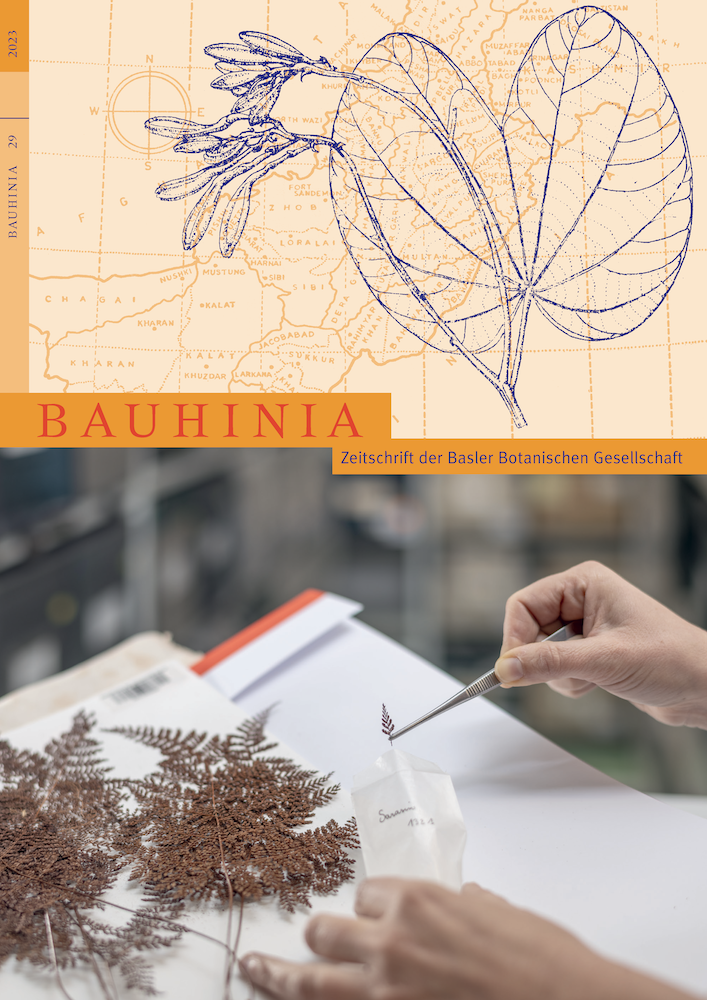Abstract
Post-mortem damage in herbarium DNA, mostly from 18th and 19th century collections, and with specimens usually heat-treated for conservation, consists mainly of genome fragmentation (single- and double-stranded breaks) rather than miscoding lesions. With typical herbarium DNA fragment sizes encountered (20–200 6 https://www.jstor.org/stable/1220096 bp) this easily leads to insert sizes in library construction being smaller than Illumina read lengths applied (i.e. 100–250 bp). Using a previously-published series of 56 genome-skimmed herbarium DNA extracts representing 10 angiosperm families, overlapping read pairs were found to occur in roughly 80 % of all read pairs obtained. After merging such overlapping pairs, the resulting fragments and their length-distributions are considered to reflect actual DNA fragmentation. Similar to occurrence in ancient DNA, we found over-representation of purines at fragment-ends in herbarium material. Distributions of fragment lengths fit gamma rather than exponential distributions, without apparent correlation with specimen age. The observed gamma distributions would indicate higher-order degradation kinetics, implying multiple processes acting during degradation. Possibly, the genome skimming data used here, in which repetitive sequences or compartments are over-represented, has biased genomic fragment-length distributions and half-lives as compared to the non-repetitive fraction of plant genomes, but no data was available to test this hypothesis. Overall, our results imply that we cannot confirm whether a plant archival DNA half-live exists and what its rate would be.

Dieses Werk steht unter der Lizenz Creative Commons Namensnennung 4.0 International.
Copyright (c) 2024 Freek T. Bakker, Lia Hemerik

